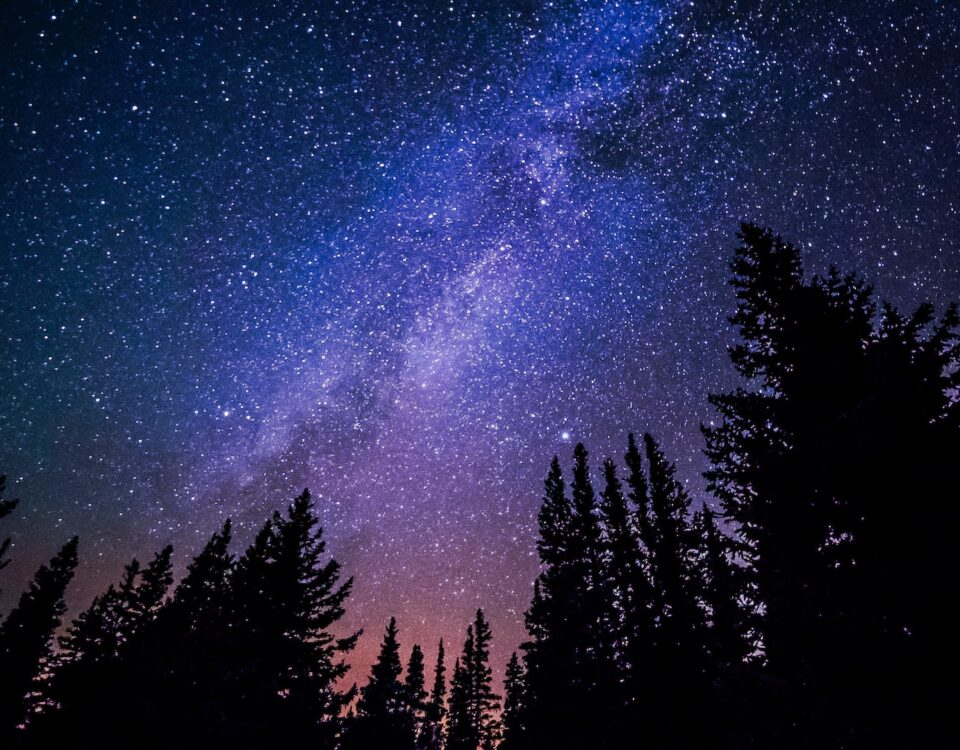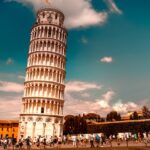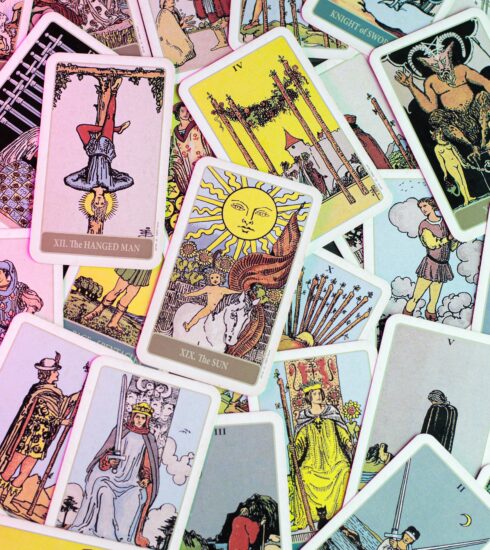Unveiling the Law of One: Monism, Einstein’s Cosmic Religious Experience, and the Path to Unity
In the intricate tapestry of philosophical and spiritual exploration, monism stands as a guiding thread that weaves together the diverse facets of reality. A profound revelation of interconnectedness, monism asserts the existence of a singular, underlying reality that manifests in various forms. From material monism, which views all things as emanating from a single material substance, to idealistic monism, which finds reality grounded in consciousness, and even neutral monism, which unifies mind and matter, the philosophy of oneness unveils the essence of existence.
Diving Deeper into Monism: The Essence of Unity
Monism, at its core, proposes that beneath the surface of our seemingly fragmented world lies a unifying force, connecting all elements of existence. There are three primary manifestations of monism that deepen our understanding:
1. Material Monism: This perspective illuminates the fabric of reality, asserting that all phenomena, both tangible and intangible, originate from a singular material substance or energy. It invites us to perceive the myriad forms around us as various expressions of a fundamental underlying matter.
2. Idealistic Monism: Shifting the focus to the realms of the mind and spirit, idealistic monism suggests that the foundation of reality is rooted in consciousness or spirituality. This viewpoint encourages us to regard the physical world as a manifestation of a greater spiritual reality.
3. Neutral Monism: Embracing a holistic standpoint, neutral monism posits that a singular substance underpins both mental and physical dimensions. It beckons us to ponder the profound interconnectedness between the realms of thought and matter.
Einstein’s Cosmic Religious Experience: Bridging Science and Spirituality
Albert Einstein, the towering figure in physics, experienced what he termed a “cosmic religious feeling.” His scientific inquiries led him to perceive the universe as an intricate web of interconnectedness. He saw beyond the boundaries of scientific analysis, sensing a unity that transcended his mathematical equations. This experience birthed his concept of a cosmic religion—an appreciation of the harmonious interplay between the scientific pursuit of understanding and the spiritual awe that accompanies the contemplation of the universe’s majesty.
Mystical Visionaries and Oneness: Carl Jung, Eckhart Tolle, Nietzsche, and Beyond
Einstein was not alone in this transcendent journey. Visionaries such as Carl Jung delved into the depths of the collective unconscious, finding archetypal patterns that connect humanity across time and space. Philosopher Friedrich Nietzsche, through his work “Thus Spoke Zarathustra,” channeled the character of Zarathustra to convey transformative insights. Zarathustra’s proclamation that “God is dead” challenged conventional religious paradigms and paved the way for a new understanding of spirituality—one that harmonizes with the interconnected essence of existence.
Eckhart Tolle, in the modern era, awakened to the transformative power of presence and mindfulness, shedding light on the unified nature of all experiences. His teachings encourage us to embrace the present moment, where the illusion of separation dissolves, revealing the underlying fabric of oneness.
Psychedelics and the Portal to Unity
The exploration of oneness extends even to the realm of altered states of consciousness facilitated by psychedelics. These substances have been known to temporarily dissolve the ego, offering glimpses of an interconnected reality. Pioneers like Aldous Huxley and Terence McKenna ventured into the depths of psychedelic experiences, returning with profound insights into the interconnected nature of existence. While these substances provide a portal, they also underscore the importance of integrating these insights into our daily lives.
Embarking on the Path of Unity
The law of one, epitomized by monism, beckons us to transcend the apparent divisions that fragment our world. As we reflect on the cosmic religious experience of Einstein, the musings of Jung, the wisdom of Tolle, and the explorations of Nietzsche and others, we are reminded that the quest for unity spans diverse disciplines and eras.
Whether through philosophical contemplation, scientific inquiry, or spiritual awakening, the journey toward recognizing our interconnectedness holds transformative power. It invites us to approach life with compassion, empathy, and responsibility for each other and the universe. As we navigate our unique paths, let us remember that at our core, we are harmonious notes in the symphony of existence, and the pursuit of oneness is a profound step toward deeper understanding and transcendence.









